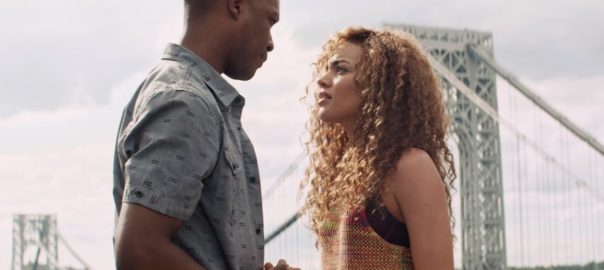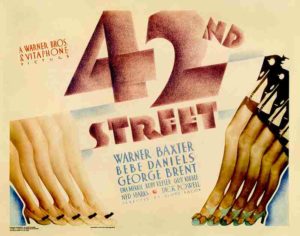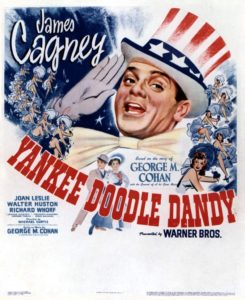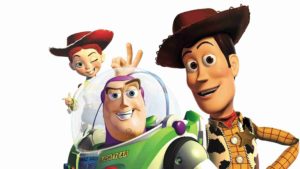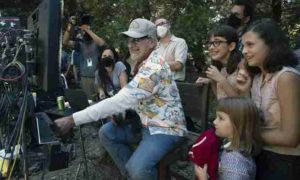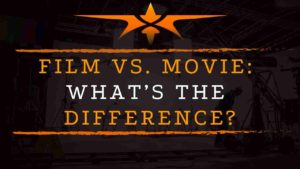
There were a smattering of big sales and buzzy premières at this year’s 40th edition of the Sundance Film Festival, held each January since 1984 in Park City, Utah.
Even so, it’s impossible to ignore the fact that the independent film business Sundance has so long championed is suffering from an identity crisis.
The box office for art-house movies has yet to regain its pre-COVID stride.
Desperate for content, streaming services once paid inflated prices for films débuting at Sundance . Now they’re conservative in their spending.
In this era of economizing, the all-night bidding wars that made Sundance sizzle are a thing of the past, not a great sign of the financial health of the industry.
Yet there was still plenty to celebrate.
Movies like Super/Man: The Christopher Reeve Story and Will & Harper received emotional standing ovations, while A Real Pain and It’s What’s Inside defied the odds to score multimillion-dollar deals.
As it enters its fifth decade, Sundance hasn’t lost its ability to excite audiences.
But, clearly, Sundance needs to make adjustments to the way it conducts itself in order to keep up with the changing times, if the indie festival is going to survive.
 Actor / Oscar nominee, first time director Jesse Eisenberg and Kieran Culkin star in A Real Pain
Actor / Oscar nominee, first time director Jesse Eisenberg and Kieran Culkin star in A Real Pain
A Real Pain, starring Jesse Eisenberg and Kieran Culkin as cousins who travel to their grandmother’s native Poland to partake in a Holocaust tour, scored rave reviews and won the Waldo Salt Screenwriting Award for Eisenberg, the film picked up by Searchlight for a whopping $10 million early on in the Festival. A Real Pain will receive a theatrical release later this year, and may be Oscar bound next year.

Focus Features snatched up Sundance favourite Dìdi, directed by Academy Award nominee Sean Wang, the film telling the story of a 13-year-old Taiwanese American boy (Izaac Wang) who spends his last summer before high school learning how to flirt, skate, and get along with his mom (Joan Chen). Dìdi, set in 2008, won Sundance’s Audience Award and the Special Jury Prize drama award.
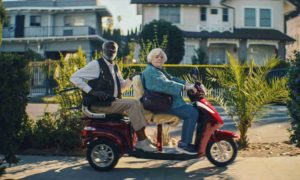 Richard Roundtree and June Squibb star in director Josh Margolin’s ode to his grandma, Thelma
Richard Roundtree and June Squibb star in director Josh Margolin’s ode to his grandma, Thelma
Magnolia Pictures snagged the elderly-buddy comedy Thelma, the tale of a 93-year-old grandma (June Squibb) who endures a harrowing journey across Los Angeles after she’s conned by a phone scammer pretending to be her grandson (Fred Hechinger). The film also stars Richard Roundtree as her companion, as the two seeking retribution. Parker Posey, Clark Gregg, and Malcolm McDowell co-star.

The documentary Super/Man: The Christopher Reeve Story, which sold for $15 million to Warner Bros. Discovery, follows Christopher Reeve on how he found his life’s purpose after he suffered from an equestrian accident that left him paralyzed.
 Maisy Stella and Aubrey Plaza star in Canadian director Megan Park’s new film, My Old Ass
Maisy Stella and Aubrey Plaza star in Canadian director Megan Park’s new film, My Old Ass
Director Megan Park’s My Old Ass will head directly to Amazon’s Prime Video this spring, the film telling the story of high-school senior (Maisy Stella), who meets the adult version of herself (Aubrey Plaza) right before she heads off to college.

Skywalkers: A Love Story, directed by Jeff Zimbalist, was acquired by Netflix. The documentary follows Angela Nikolau and Ivan Beerkus, a couple from Moscow, who saved their careers and relationship by climbing really tall buildings, specifically the world’s last super skyscraper, to perform an acrobatic stunt.
The Will Ferrell documentary Will & Harper was also picked up by Netflix, the road trip film about two Saturday Night Live alumni, Ferrell and former SNL head writer Harper Steele, who reconnect after Steele comes out as a trans woman. The duo set out together for a cross-country trip, during which they talk in depth about their friendship and the experience of being trans in America.
Sundance hasn’t been a Festival that’s been synonymous with Academy Awards attention, though recent iterations have churned out Oscar favourites like Best Picture winner CODA, Lee Isaac Chung’s semi-autobiographical Minari, and Korean-Canadian director Celine Song’s wistful dramatic début, Past Lives.
Although A Real Pain and Super/Man were critically embraced, there’s a question as to whether they have enough buzz to stay in the conversation until next year.
What Sundance may have lacked in stature this year, it made up for in scares.
Steven Soderbergh’s twisty thriller Presence, which Vulture critic Bilge Ebiri wrote is “the best thing Soderbergh’s done in ages,” is a haunted-house movie seen through the eyes of the ghost. Neon picked up the film’s distribution rights.
Zombie slasher movie In a Violent Nature and other movies about things that go bump in the night were all the rage in Park City.

It’s What’s Inside, a horror story about a pre-wedding party from hell, landed at Netflix in a massive $17 million sale. Along with the haunted psychodrama I Saw the TV Glow — which arrived at Sundance having secured theatrical distribution from A24 — both films became this year’s conversation starters on Main Street.
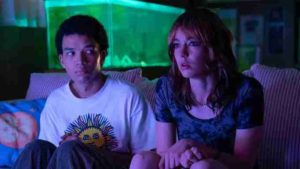
Justice Smith and Brigette Lundy-Paine star in writer-director Jane Schoenbrun’s I Saw the TV Glow
Nothing beats a good fright.
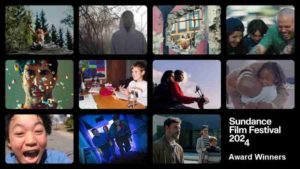
In the Summers, an independent film about two sisters navigating fraught summer visits with their father, won the Grand Jury Prize at this year’s Festival, as well as Best Director for Alessandra Lacorazza.

Shuchi Talati’s début feature, Girls Will Be Girls, about a mother’s intervention in her teenage daughter’s budding romance that creates an unexpected emotional love triangle, landed the Audience Award for World Cinema, as well as the World Cinema Dramatic Special Jury Award for Acting, for Preeti Panigrahi.

Porcelain War landed the award for U.S. Documentary Grand Jury Prize for Brendan Bellomo and Slava Leontyev, the film an intimate reflection on making art in wartime Ukraine.

The U.S. Documentary directing award was awarded to Julian Brave NoiseCat and Emily Kassie for Sugarcane, an enlightening and infuriating look into systematic abuse at an Indian Residential School.

The World Cinema Documentary directing award went to Benjamin Ree for Ibelin, which focuses on Norwegian gamer Mats Steen. Steen’s parents mourned what they thought had been a lonely and isolated life after their son died of a rare, degenerative muscular disease at age 25. They later received messages from online friends all around the world who knew Steen for his beloved World of Warcraft avatar, Ibelin Redmoore.

All the films mentioned in today’s VanRamblings column will find their way onto your local multiplex screen at some point this year, or are scheduled to air on Netflix, Prime Video or another streamer.

